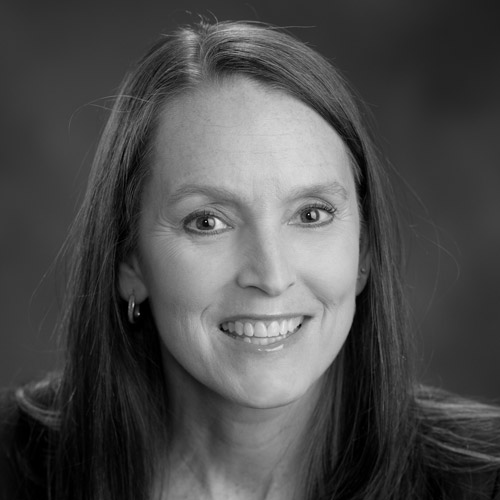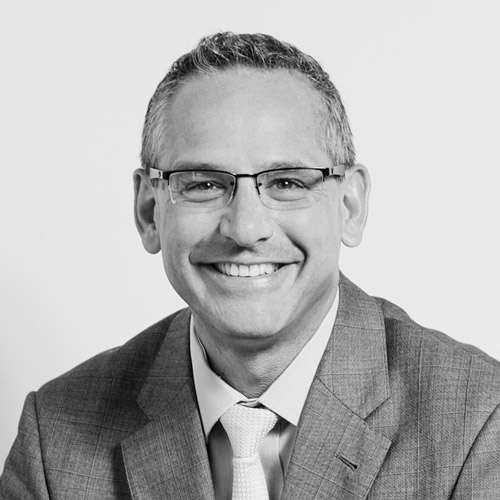There are plenty of issues to go around when it comes to enumerating the troubles of the United States healthcare industry. Whether the concern is patient-based, provider-based, or dwells on money wasted, the struggle to fix what’s broken—or at least get ahead of the problems enough to slow down the damage—is complex and ongoing.
But any time that concrete, measurable data comes into play, the prospects for improvement become much more real.
As CIO for the National Committee for Quality Assurance (NCQA), Rick Moore takes pride in this “independent, third-party” organization that uses data to make the insurance portion of the healthcare industry more accountable—and ultimately a better component to the system.
“We have this conundrum in our culture,” Moore says. “We know what not to do: don’t drink, don’t smoke, don’t eat junk, don’t do risky things, and you’ll live a long happy life, right? Yet over time, we’ve taken the consumer out of the decision-making process, and put them to the side.”
NCQA’s
FORMULA FOR IMPROVEMENT
According to
Rick Moore
Measure
The organization works with industry experts to identify the structure, process, and outcomes that result in quality healthcare. Through their national expert panels, they develop standards and measures to assess clinicians and organizations on quality and service. Successful evaluations result in NCQA accreditation, certification, or recognition.
Analyze
We collect the various standards and clinical-
measure data and conduct analytics on each of the datasets to determine performance thresholds.
Improve
These performance benchmarks set the “quality improvement targets” for which healthcare organizations determine their improvement priorities.
Repeat
We require our accredited and certified organizations to submit information on a recurring basis to continually monitor their improvement over time.
“NCQA helps make healthcare better by becoming a consumer advocate by proxy,” he continues. “We study clinical evidence, convening expert panels of clinicians to determine what types of clinical practices are proven to improve the outcomes of patients’ healthcare.”
In doing so, NCQA aims to set new standards for how health plans should form provider networks. It can also delineate how to better evaluate performance, coordinate care, and be more responsive with regards to claims. These things are becoming even more important in a time when the fee-per-service system—which has long been the mainstay—is progressing towards more of a fee-for-value system.
“I call it the right care, at the right time, in the right setting, for the right reasons,” Moore says. “We, as a country, are now transitioning to more holistic care, where there are incentives for keeping patients out of the hospital rather than in. But the transition is slow.”
Case in point: NCQA, which was founded in the early 1990s, had something of a breakthrough when they were creating incentives with 100 recognized medical practices in 2008. One hundred became 200 by 2009; 200 became 1,000 by 2010—and in 2016, the organization recognized as many as 11,000 practices and 50,000 providers. “That sounds like a lot, but it’s only 15 percent of the entire healthcare delivery practice,” Moore notes. “So it’s very small, but (the growth) is very big.”
As NCQA’s CIO, Moore serves a hybrid of angles. In one respect, he sees himself constantly looking at what he calls “the playing field” from a policy perspective. In another, more day-to-day respect, his focus is on the nitty-gritty of developing information systems, which includes making a healthy dose of complex decisions. Holding faith and trust in its infrastructure of organizations—which includes Office 365 and Amazon Web Services—requires a constant verification process of potential threats and mitigation of said threats.
Keeping all these proverbial plates spinning is challenging at times for Moore. “But we’ve put a great deal of emphasis on hiring and retaining top talent,” he says, “and their dedication to the mission is unwavering.”
“I do have to play in the weeds a bit on a few things,” he says. “I really need to keep sharp on what’s happening in the industry with regards to policies and strategic potential. I spend a lot of time looking at what’s happening externally, then bringing it internal and having strategic discussions about it. A lot of it’s about the future and where we are in relation to it.”
It’s all rooted in data-gathering, and NCQA has a couple different methods of doing it. One area they measure is the structure and process of an organization that involves surveys of yes-or-no questions—sent to insurance companies, for example—and provides ways for them to verify what they do.
Another method involves measuring data through clinical operations systems, such as one for claims payment. Once all necessary data is gathered, NCQA works with vendors and initiates an audit process to check data veracity and make sure things are properly validated, specifically with regards to care indicators of key populations. It’s a process that has created a number of different ratings systems, such as the CMS Stars Ratings for insurance plans, which can translate to “millions of dollars in payment,” according to Moore. This data collection infrastructure enables NCQA to introduce new measures and standards as the industry evolves.
“Our mission is to improve the quality of healthcare for all Americans, and our reputation depends on our being the trusted source of that information,” he says. “We put a lot of our brand on the line when it comes to the data we collect, how we collect it, and who we put on our panels to tell us what the specifications are. We’re able to go in and define what’s important to be measured.”
And the more feedback NCQA gets about what needs reforming in healthcare—as well as how to reform it—the clearer the organization’s importance becomes.
“NCQA has been positioned in the industry as the beacon, the trusted source for quality healthcare,” Moore says. “With the information we’ve collected over the years and the solutions to these complex evaluation problems we’ve developed, we’re able to shine a light on areas where policy makers can then wield their ‘sword’—which in this case, is the pen. And that enables change to occur.” AHL

